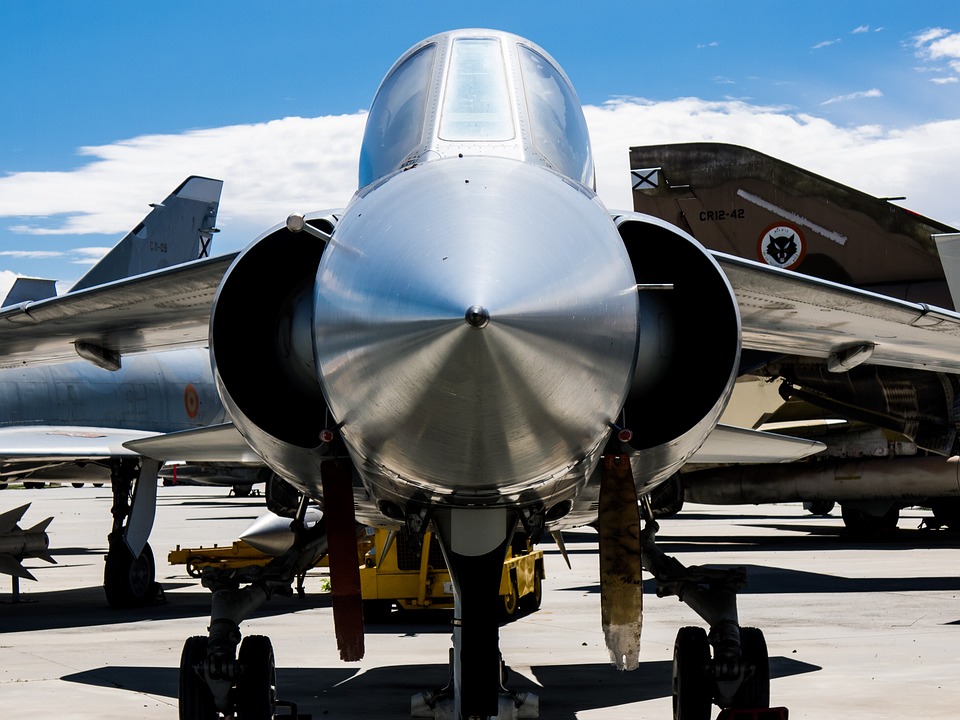Introduction
In recent years, the advancement of technology has revolutionized warfare and combat techniques. From unmanned drones to exoskeletons, the future of combat technology is rapidly changing the way wars are fought. In this article, we will explore some of the most innovative advancements in combat technology that are shaping the future of military operations.
Drones: The Future of Aerial Warfare
One of the most significant advancements in combat technology is the development of drones. Unmanned aerial vehicles (UAVs) have transformed the way military operations are conducted, allowing for precision strikes and surveillance without putting soldiers in harm’s way. Drones come in various shapes and sizes, from small quadcopters for reconnaissance missions to large armed drones capable of carrying out high-risk missions.
Advancements in Drone Technology
Recent advancements in drone technology have significantly improved their capabilities. The development of artificial intelligence and machine learning algorithms has allowed drones to autonomously navigate through complex environments, identify and track targets, and make split-second decisions without human intervention. This level of autonomy has expanded the capabilities of drones, making them more effective in combat situations.
The Future of Drone Warfare
As drone technology continues to advance, we can expect to see the development of swarms of drones that can coordinate their actions and work together to achieve military objectives. These drone swarms can overwhelm enemy defenses and provide a significant tactical advantage on the battlefield. Additionally, new types of drones are being developed, such as underwater drones and drones that can operate in space, expanding the capabilities of military forces beyond traditional aerial warfare.
Exoskeletons: Enhancing Soldier Performance
Another exciting development in combat technology is the use of exoskeletons to enhance soldier performance on the battlefield. Exoskeletons are wearable robotic suits that can amplify a soldier’s strength, endurance, and agility, allowing them to carry heavier loads, march longer distances, and perform physically demanding tasks with ease.
Benefits of Exoskeleton Technology
Exoskeleton technology offers several benefits for military operations. By reducing the physical strain on soldiers, exoskeletons can help prevent injuries and improve overall performance. Exoskeletons also provide soldiers with enhanced situational awareness through integrated sensors and communication systems, giving them a strategic advantage on the battlefield.
The Future of Exoskeletons in Combat
As exoskeleton technology continues to evolve, we can expect to see more advanced and lightweight designs that seamlessly integrate with soldiers’ movements. These next-generation exoskeletons may also incorporate biometric sensors to monitor soldiers’ vital signs and provide real-time feedback on their physical condition. In the future, exoskeletons could become standard issue equipment for military personnel, enhancing their capabilities and effectiveness in combat situations.
Cyber Warfare: The Digital Battlefield
In addition to traditional warfare techniques, cyber warfare has become an essential component of modern military operations. Cyber attacks can disrupt enemy communications, sabotage critical infrastructure, and gather intelligence without firing a single shot. As technology becomes increasingly interconnected, the threat of cyber attacks on military systems continues to grow.
Challenges of Cyber Warfare
Cyber warfare presents several challenges for military forces, including the vulnerability of networked systems to hacking and malware attacks. As military operations become more reliant on digital technologies, protecting against cyber threats has become a top priority for defense agencies around the world. Additionally, the use of artificial intelligence and machine learning in cyber warfare could potentially create autonomous cyber weapons that can target and exploit vulnerabilities in enemy networks.
The Future of Cyber Warfare
The future of cyber warfare will likely involve the development of advanced defensive and offensive cyber capabilities. Military forces will need to invest in cybersecurity measures to protect their networks and systems from cyber attacks. Additionally, the use of artificial intelligence and machine learning algorithms will play a significant role in detecting and responding to cyber threats in real-time. As the digital battlefield continues to evolve, military forces will need to adapt to new and emerging cyber threats to maintain their operational security.
Conclusion
The future of combat technology is filled with exciting possibilities, from drones and exoskeletons to cyber warfare techniques. As technology continues to advance, military forces will need to adapt and innovate to stay ahead of their adversaries. By leveraging the latest advancements in combat technology, military forces can enhance their capabilities and effectiveness in modern warfare. The future of combat technology is bright, and the possibilities for innovation are endless.


